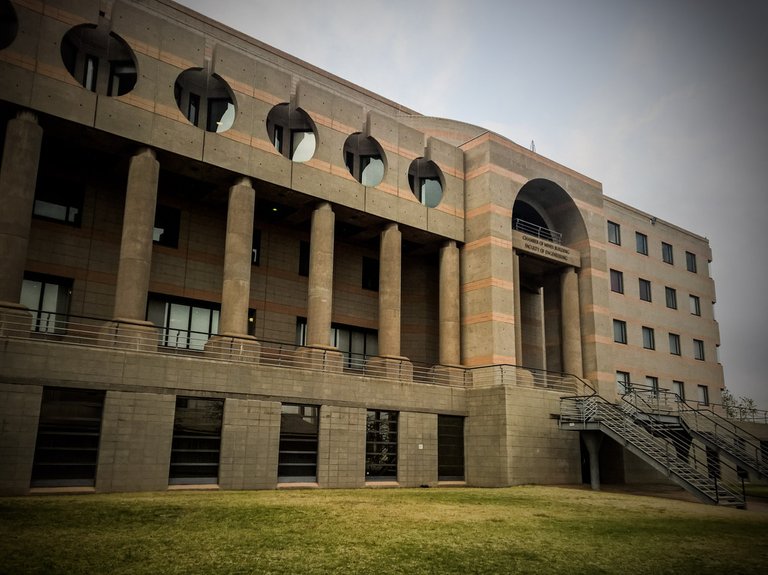
I am struck by a sense of helplessness due peoples’ knowledge about mining economics.
Worker representatives say the mines are making millions and must pay higher salaries and yet mining bosses are saying the mines are marginal and cannot afford to pay higher salaries.
Mining efficiency is declining each year pushing up mining unit costs world wide across most commodities. NGOs and other interest groups are demanding that mines take a greater responsibility for the environments in which they operate and also take on increased social responsibilities.
So who is lying.
Where is the balance point of what can be expected from the industry and yet satisfy workers and the community at large ?
If we look at the issue of whether the mines can afford to pay more. Mark Cutifani (ex-CEO Anglo American) said: "Promoting expectations above the capacity of the industry to pay is a dangerous road that may have tragic consequences for employees who do not understand how close we are to economic devastation in certain sectors” (News 24). We need to understand that mining economics starts with the ore body. To quote another ex-CEO, (Bernard Swanepoel of Harmony Gold Mine) “The orebody dictates”. Every mine has a different orebody with regard to depth, thickness and grade distribution. The infrastructure in place also differs on each mine. Thus the amount of ore that can be mined profitably also differs. The formula to determine which material is ore and which is waste rock uses the mining unit cost ($/tonne), commodity price ($/gram/kilogram/tonne) and recovery factor (%) to determine the break-even grade (g/kg/ton). Rock with a commodity content above this grade is economic. Rock with a commodity content lower than this grade is waste and cannot be mined economically.
Due to the economies of scale, the higher the mine’s production, the cheaper the mining unit cost becomes. So mines’ tend to operate close to the maximum volume as long as they have sufficient material above the cut-off grade available to achieve this. If the cut-off grade goes up (due to lowering commodity price, rising costs or lower recoveries), more development is needed to access the orebody as less is economical, which in turn also pushes up the costs. More of what was previously considered payable becomes waste and thus the higher grade ore gets depleted quicker. This reaches the point that there is insufficient higher grade ore to maintain the most economical volume, and so production decreases further causing the unit cost of the rise even higher. This causes the mine to face premature closure even though there is still commodity bearing rock left underground. This rock is below the cut-off grade and is thus now considered waste and cannot be mined economically.
If each mine could determine their own salary increase based on the economics of the individual orebody, maybe workers will negotiate considering they themselves will be the ones losing their jobs if the mine becomes uneconomical. These negotiations are currently done by union officials who will keep their jobs until the last mine closes, and there is no industry left to pay their union salaries.

Chamber of Mines building at the University Witwatersrand, Johannesburg.
The author is a lecturer in Mine Financial Valuation and Mineral Resource Management and is reading for a PhD considering cut-off grade optimisation.